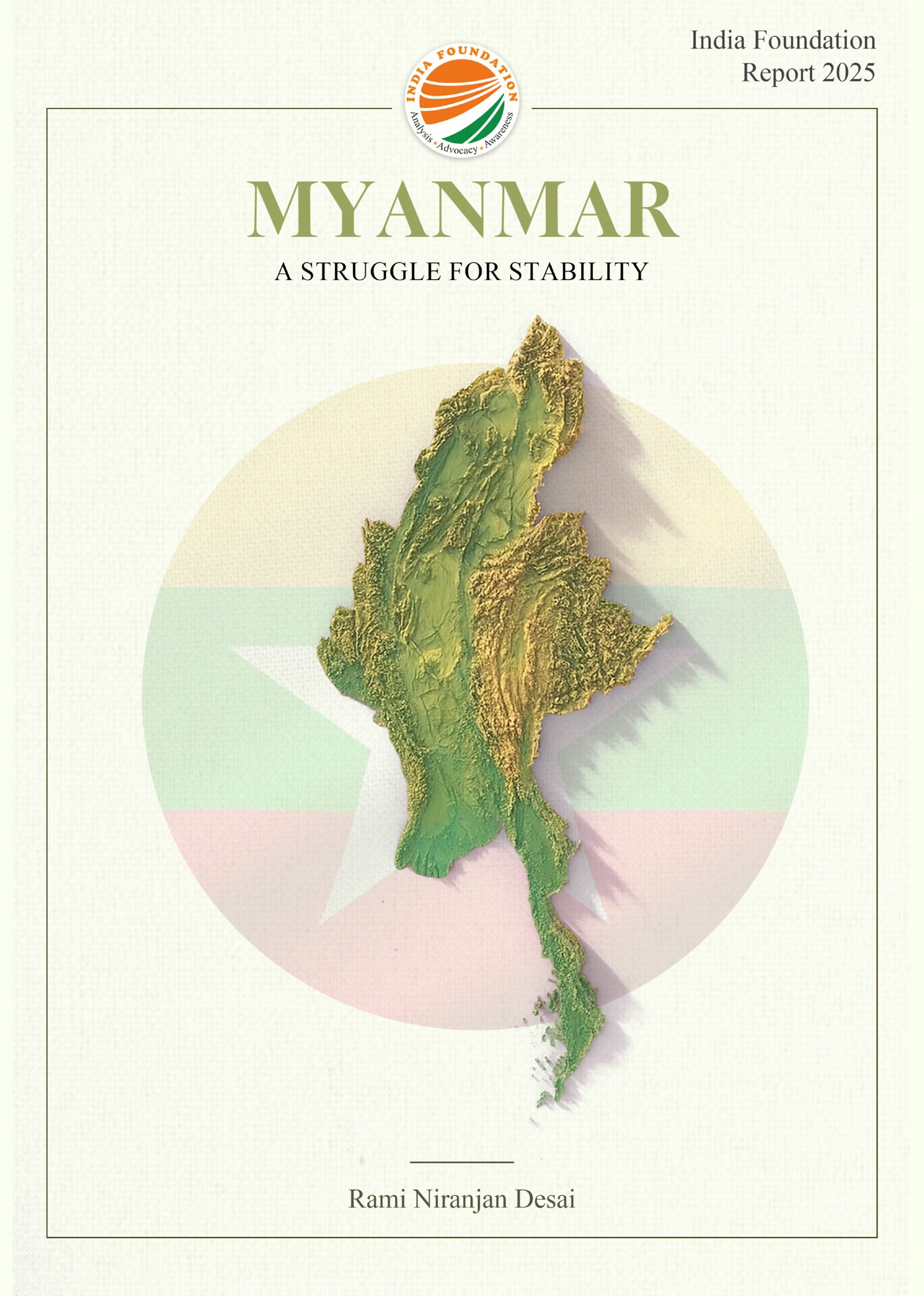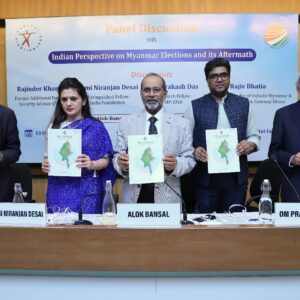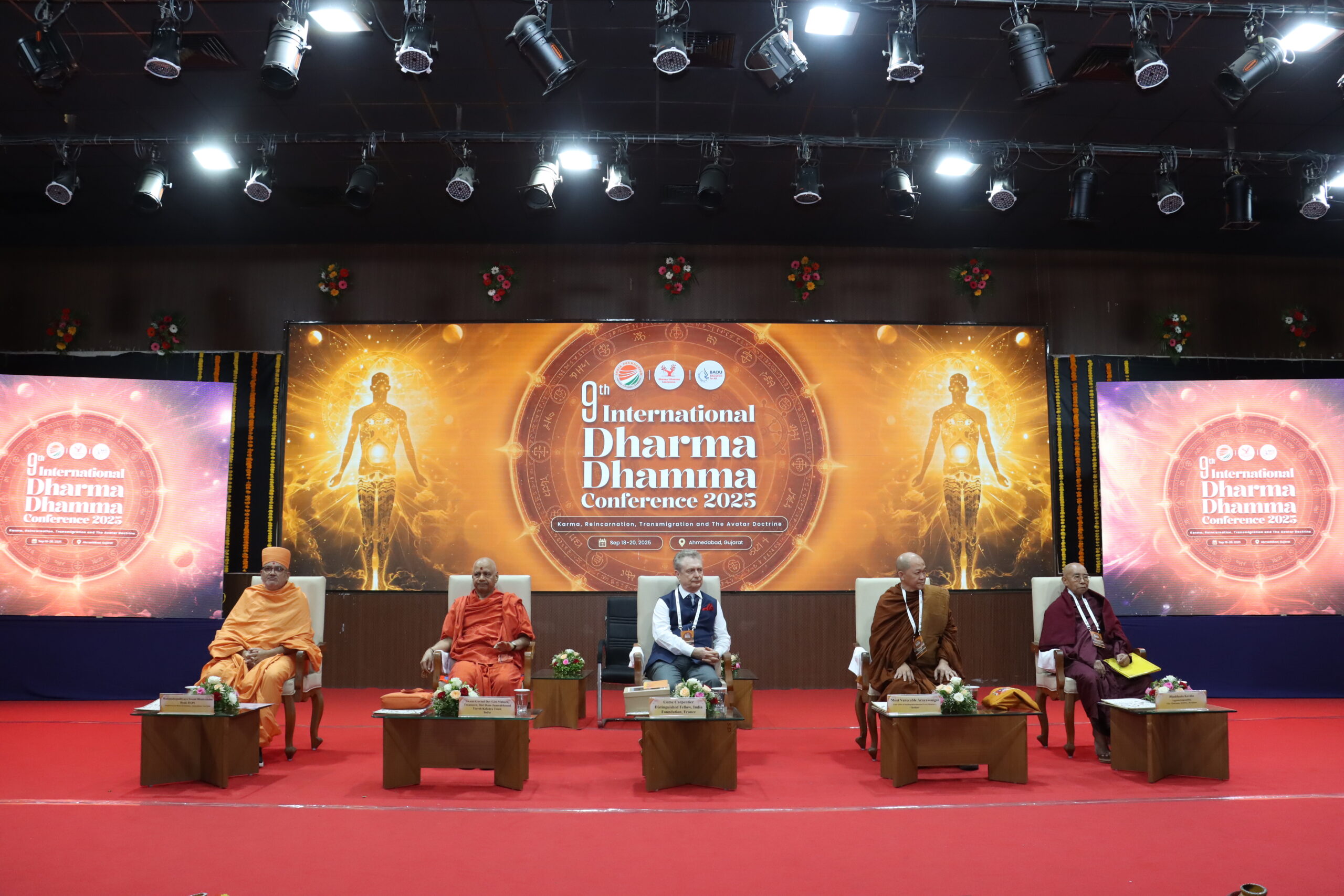There have been few things in the world as disruptive as the Internet. In its formative years, the Internet promised a great deal of potential in how it could transform how people consumed information but it was only much later, and need I say, till the advent of social media that it’s true transformative potential became evident.
The emergence of social media platforms along with rapid innovations in handheld technologies has meant that almost every individual on this planet is somehow linked to the wider audience on the World Wide Web. Whether it is students, social activists, scientists, special interest enthusiasts or businesses, big or small are today leveraging social media platforms to put across their points of view and products and communicating beyond traditional means. From sharing views on the new restaurant in town to ushering in revolutions that have over thrown regimes, it is all happening on social media.
Various studies have put the number of people using smart phones in India at about 200Mn. This number is projected to rise to a staggering 650Mn by the year 2019. These are gigantic numbers considering many more use feature phones and access internet through desktops. Almost 1Bn people are using wireless telecom services. 140Mn Indians today are on Facebook and close to 40Mn on Twitter. Mobile data consumption per user in India is expected to reach 1,704Mb/month by 2020, a steep jump over 185Mb/month today. This to me indicates a tectonic shift in the way we are communicating. It is my firm belief that these new mediums of expression are fundamentally changing us as a society. We are becoming more extrovert and expressive, impact of which can be felt in the way people are engaging on issues of public importance.
Social media has democratised the discourse. Today it is no more the exclusive domain of a few to set the narrative on things that matter to the people. Research and opinion making on art, culture, history and politics isn’t confined to tax funded institution and academics therein. There are opinions and counter opinions, there are debates and established narratives are being questioned, if they are found wanting. Ones cultivated reputation as a commentator isn’t good enough anymore, the force of arguments matter. And what is most interesting is that social media is facilitating this churn. There is a sudden rise of independent voices, researchers, amateur historians and blogging enthusiasts, who have created a niche for themselves. The power of their ideas and articulation has earned them a committed readership, which is growing rapidly. In yesteryears many of them would have gone unnoticed because they couldn’t find a publisher or a newspaper editor did not give them space. But internet and social media has changed all that. Today they can publish and share their work widely. Digital media has reduced the cost of reaching an audience that would be otherwise excluded.
But is social media (blogs, Twitter, etc) good for society? That depends on other factors. By itself social media is value-free. That is true of all tools we use. The utility of instruments and consequently the value depends on the use we put them to.
I believe that social media expands our ability to communicate cheaply. What gets communicated may be socially beneficial or harmful. Megaphones are useful for broadcasting a voice but if everyone starts communicating simultaneously, you’d lose all coherence. It would end up as noise, not signal. Too many people talking at the same time makes it hard to listen. We as consumers of information need better filters in a world that is drowning in too much of it. What we need is not information but knowledge. Too much information is a definite barrier to knowledge and therefore to understanding.
What we are going to see is the emergence of trusted channels and curated content. To avoid being overwhelmed by the quantity of information sloshing around in our environment, we need better barriers to useless information. Quality, variety and quantity are not unrelated. Moreover the relationship is complex. The range of quality and variety expands with quantity but the proportion of high quality material shrinks relative to the total quantity.
Let’s take a simple analogy. Music. We have a lot more music produced today than was produced in the 1960. The good music of the 1960s was, say, 30 percent of the total produced. Let’s put a number: 1000 songs total and of that 300 were good. Now in the 2010s, a million songs are produced with only 1 percent of them good, or 10,000 good music pieces. And of those good songs, let’s say 1 percent are truly great songs. So we have 100 great songs. The top end has moved up but the bottom end has dropped very low. Thus the range (and the variety) had expanded but the percentage of good or great has shrunk. Therefore we need to put more effort to find the truly exceptional songs — 100 out of a million. It is a more difficult task although the rewards of doing the search is high too.
Social media has increased the quantity of good information but the search cost of good information has risen due to the rise in quantity of bad or worthless information. Therein perhaps lies the next big opportunity on social media.
Amit Malviya is In-charge of BJP’s national Information & Technology, ex-banker and an early stage investor. The views expressed by author are strictly personal.





Analogy of what might be of social media narrative at best,
People have always wanted power, the path could be religion, movies, politicians, TV and now SM
While all was top down SM would be inverted and its bottom up.
Nice one Amit